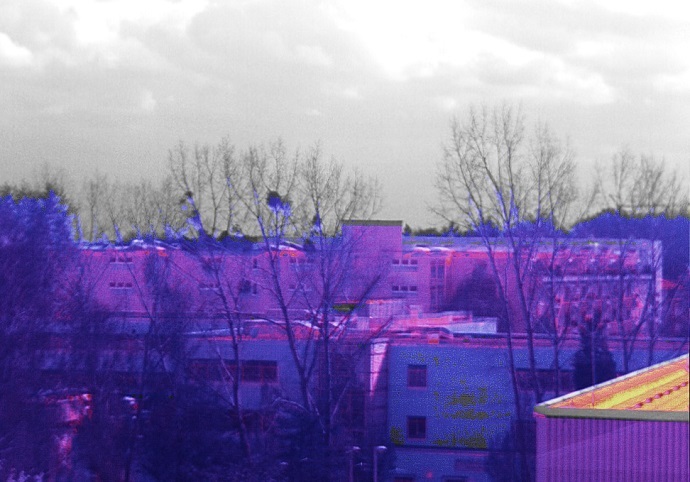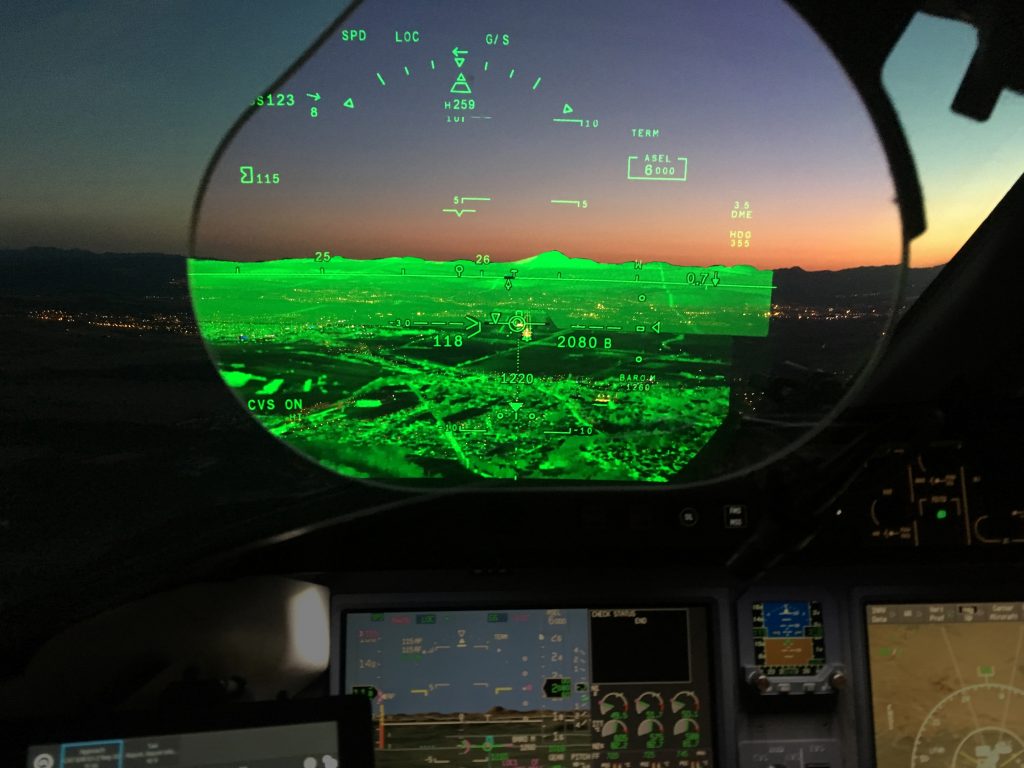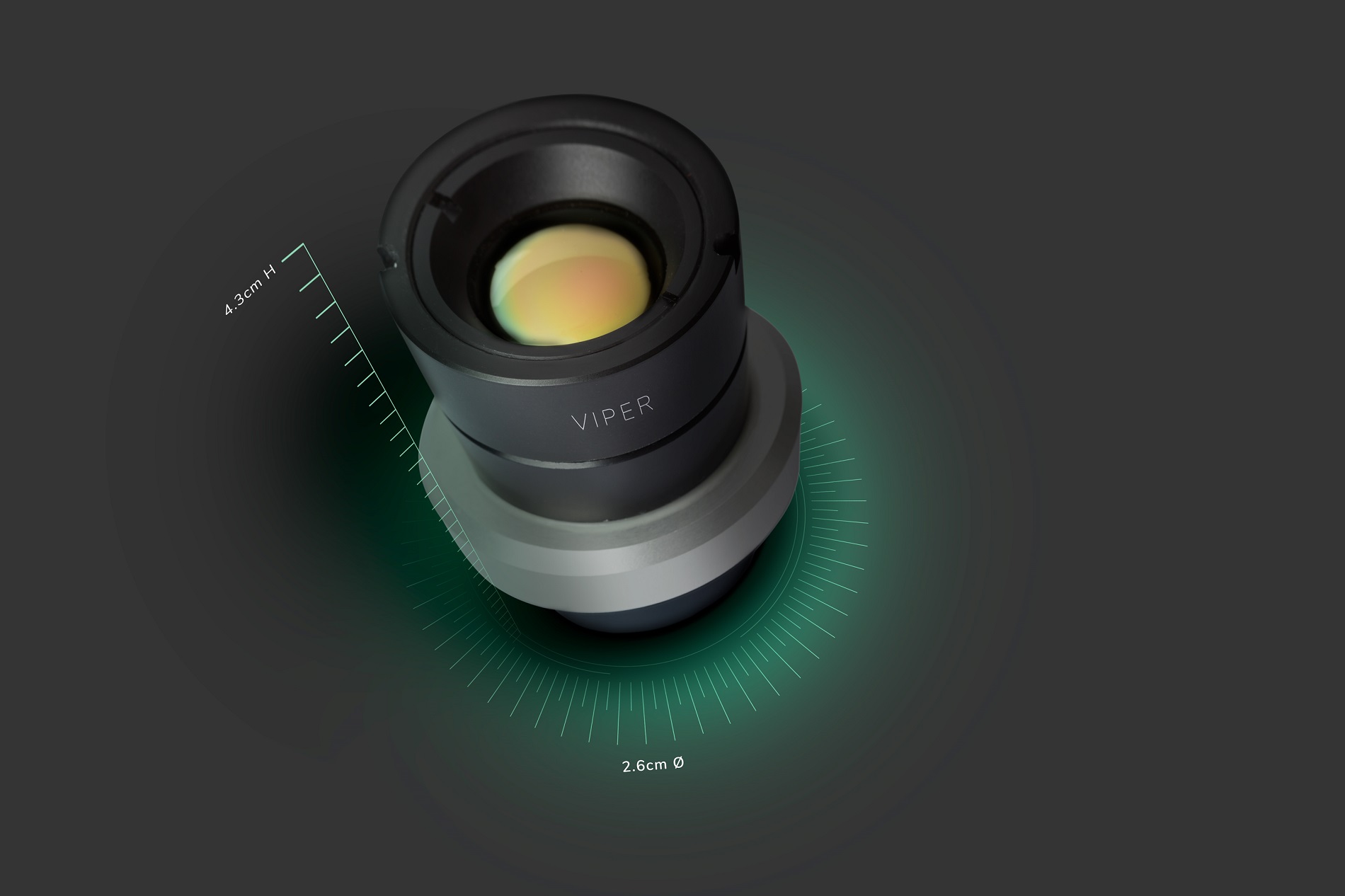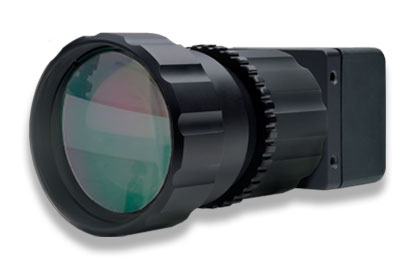May 24, 2016
Researchers at the Fraunhofer Institute for Photonic Microsystems (IPMS) in Dresden have developed a high-resolution camera which produces congruent images for two spectral ranges using multiple detectors through a single lens. In contrast to already existing multi-spectral imaging systems, this technology provides for low-cost constructions and significantly easier post-production of imaging data. A first prototype will be presented to the professional public for the first time at the Optatec International Trade Show taking place in Frankfurt am Main from June 7-9.
Whether in security systems monitoring airports, tunnels or train stations, automotive driver assistance systems, remote sensing and environmental analysis, industrial metrology or medical technologies, wideband spectrum imaging is preferred or even required in many areas of application. In addition to the visible spectral range, the infrared spectral range with wavelengths above a few microns is particularly interesting. It offers further image information not provided in the visible range, but which is extremely useful in many applications such as building services engineering, field monitoring and quality control of electronics production.
Systems currently available on the market use optics, materials and components individually adapted for various spectral ranges. Because conventional glasses are not transparent in the infrared spectral range, lenses are often made of expensive semiconductor materials. In addition, images captured using multiple cameras from different directions are always subject to a parallax. This results in complicated post-processing, requiring precise classification of image data provided by the different cameras.
»These disadvantages can be overcome with our multi-spectral camera which produces congruent, parallax-free images using multiple detectors through a single lens.« says Fraunhofer IPMS Business Unit Manager Dr. Sebastian Meyer. He stresses, »Using mirrors instead of lenses for the optical system not only provides the opportunity to replace commonly available camera systems, but also offers the chance for the creation of new applications for which weight and space are critical.«
Seizing the opportunity, Dr. Meyer and his team have developed a fully reflective, multi-spectral camera that uses two image sensors behind a common lens. The lens is designed as a special tilted mirror system which, because of its construction, avoids the chromatic aberrations or central obscuration effects occurring in current systems. Individual mirror surfaces are designed in a partially aspheric manner to correct geometric aberrations and are provided with suitable coatings to ensure high reflectivity over a wide spectral range. Due to the parallax-free simultaneous image capturing in different spectral ranges through a single lens resulting from this approach, both the previous need for a second lens as well as subsequent elaborate post-processing of image data have been eliminated. The choice of the spectral range of the reflective optics is then limited only by the detectors available.
Fraunhofer IPMS researchers have now integrated the lens and image sensors with electronics and software in a first functional demonstrator. Visitors to the Optatec International Trade Show for optical technologies, components and systems in Frankfurt from June 7-9 have the opportunity to view the prototype and tap into Fraunhofer IPMS expertise.
The exhibition can be found at the Fraunhofer Society collective Stand D56 in Hall 3.













